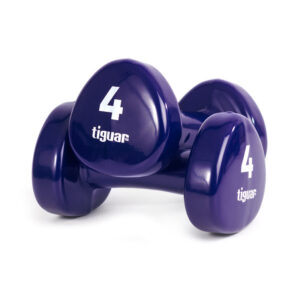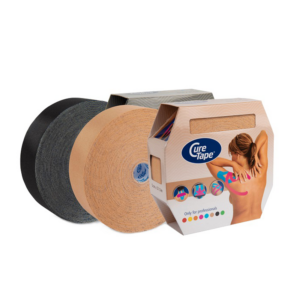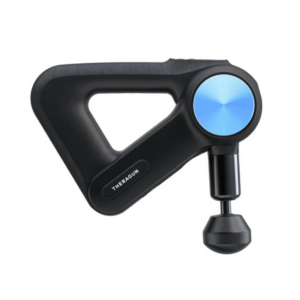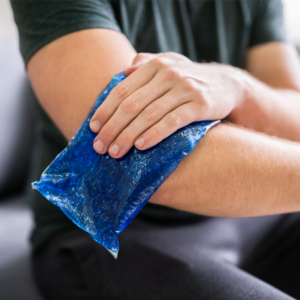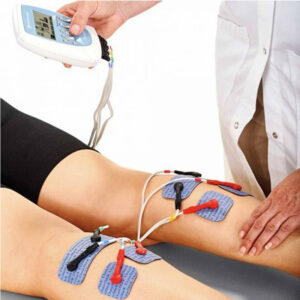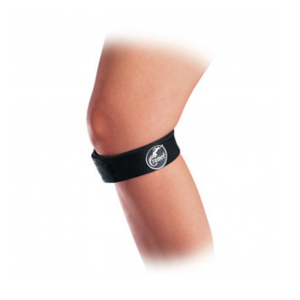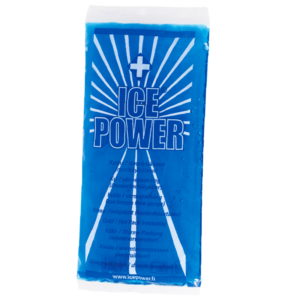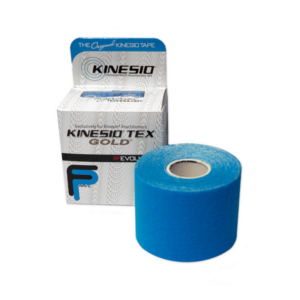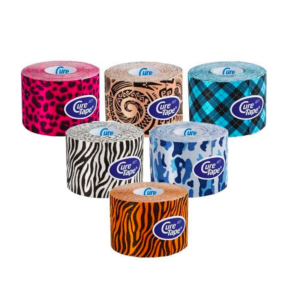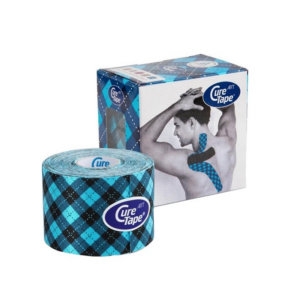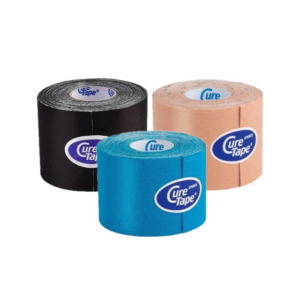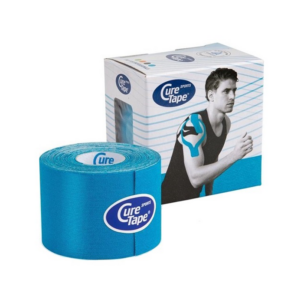Uncategorized
Tips to treat Osgud Schlater’s disease
Sport and physical activity are very important for children’s health and growth. However, with active sports, various injuries and pains also come along. Parents often take their children to doctors and physiotherapists with complaints of knee pain. Although the causes of knee joint pain can be varied, one of the most common causes encountered is Osgud Schlater’s disease.
What is Osgud Schlater’s disease?
Osgud Schlater’s disease could be called a syndrome rather than a disease, since it consists of a set of symptoms that affect physically active children during rapid growth. Osgud Schlater’s disease causes inflammation and pain under the knee joint – around the bony bulge, called the roughness of the tibia (tuberositas tibiae). As a rule, pain and inflammation come from the tendon of M. quadriceps, which attaches to this bony cam. However, the symptoms may also come from the bone spur itself, or from the place of its secondary ossification. This place of ossification has not yet completely hardened in the structure of the hard bone, so it is softer and more difficult to tolerate physical exertion.
Osgud Schlater’s disease affects physically active children during rapid growth – at a time when this bony bulge has not yet been sufficiently ossified. With a large amount of training and athletic activities, repeated, prolonged and strong contractions of the quadriceps muscle (M. quadriceps) occur. This is especially pronounced in sports such as football, basketball, etc. As a result, the secondary growth plate under this bone spur may become inflamed and pain may appear that becomes worse with physical exertion.

Who can be diagnosed with Osgud Schlater’s disease?
As we have already mentioned – Osgud Schlater’s disease can appear in physically active children during rapid growth. As a rule, it affects children 11-16 years old, depending on the time of rapid growth. As a rule, when the secondary growth plate turns into a hard bone, the pain and inflammation go away. In some, more serious cases, this bone cam may remain slightly larger, however, this will not affect your quality of life in any way.
Can Osgud Schlater’s disease be treated?
There are various methods by which pain and inflammation can be relieved (and not make the problem even more serious). The most important thing in the treatment of Osgud Schlater’s disease is to think over and change the amount of physical activity, because it is the main cause of this disease – excessive load on the quadriceps muscle. This does not mean, however, that physical activity should be stopped completely. It is important to reduce the activities and movements that overburden this muscle. Your child will certainly be able to best tell at what movements pain usually occurs. The pain can usually be felt when running, jumping, squatting, beating on the ball, etc. These movements need to be mitigated or completely turned off for some time – until the symptoms subside.
Unwanted physical activity at this time can be replaced by something else. A physical therapist will certainly be able to recommend many different safe exercises, such as stretching exercises and back strengthening exercises.
To relieve pain and inflammation, it is desirable to put a cold on the sore spot. Ice or cold gel packs can be safely used, which can be used 2-3 times a day, kept in place for 15-20 minutes. An ice cube massage can also help perfectly – all you need is 1 or 2 ice cubes. They can be easily held around this aching and inflamed bone cam, and easily make ice cube movements.
In addition to these techniques, kinesiological theorizing and patellar orthosis can also be used. Both kinesiological theorizing and patellaric orthosis can help put pressure on the sore ligament and reduce the daily load.

